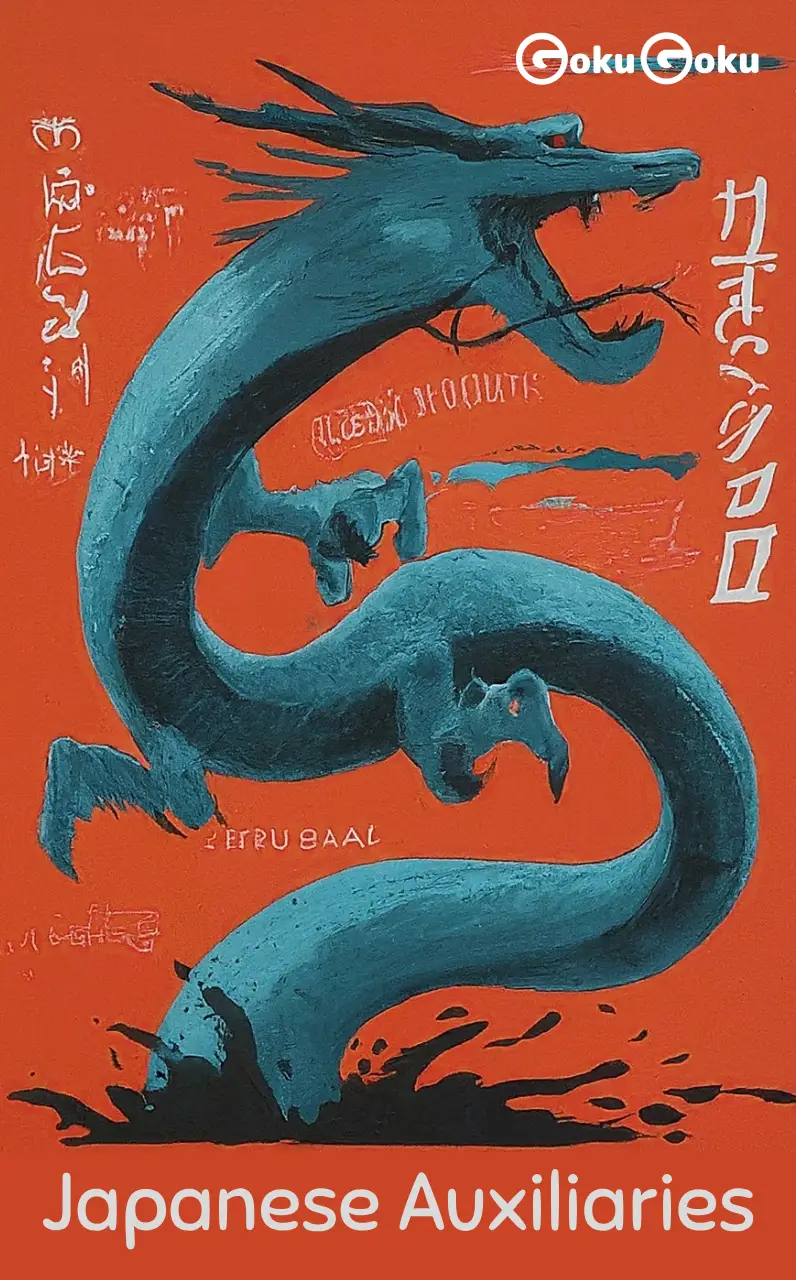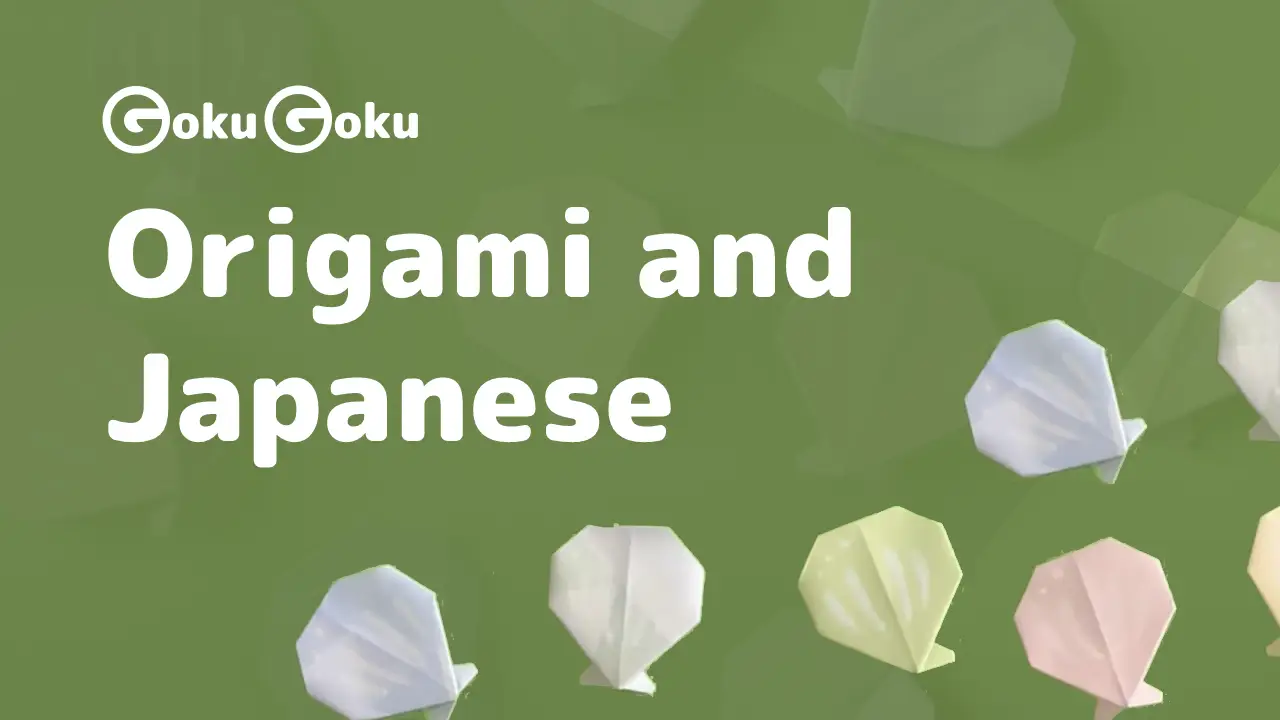7 Tips for Self-Taught Japanese Study
Sandro Maglione
Get in touch with me9 min reading time
Learning a new language opens up a world of possibilities. Deciding to start learning Japanese is the beginning of a long and exciting journey.
At the beginning of a journey you want to prepare as best as possible to be ready for departure. You are about to enter an unknown territory, full of unseen symbols and seemingly incomprehensible sounds.
This article is your self-taught route map in the Japanese language. We are going to explore 7 useful tips to start learning Japanese on your own.
These tips come from my experience as a self-taught Japanese student. Like many, I started studying this language for personal interests. I had no idea how Japanese worked or where to start. I just started searching the web for a guide.
This article summarizes the 7 tips I would have given myself before starting to study Japanese:
Start by learning the Hiragana alphabet
Choose the correct resources to learn from
Use material suitable for your level
Start learning Kanji as soon as possible
Grammar is important
Study every day
It seems impossible at first, but it soon gets easier
1. Start by learning the Hiragana alphabet
Before anything else it is essential to learn the symbols of the Japanese alphabet, called Hiragana.
Each type of material or resource you are going to study involves the use of Hiragana characters.
For this reason Hiragana characters form the basis of any subsequent study, be it grammar, Kanji, listening, or any other.
Hiragana characters are in total 46. Each of these characters has an associated syllable that represents its pronunciation.
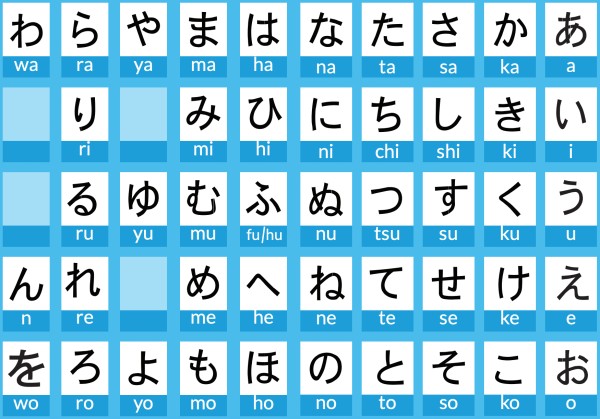
This first step will be a lot of fun. Seeing each of these characters for the first time and learning about them is an exciting discovery. My advice is to study 5 to 10 new characters every day.
Your goal is to memorize (in this order):
Recognize the character
How to pronounce it
How to write it (stroke order)
Strategies for memorizing Hiragana characters
There are different methods here. Their effectiveness depends a lot on personal preferences. Here are some of them:
Associate a drawing with each Hiragana
Associate the syllable of the Hiragana with the character
Organize Hiragana characters into categories based on shape
Listen to videos showing characters and repeating pronunciation
Write the characters by hand to remind you how they are made
Much more!
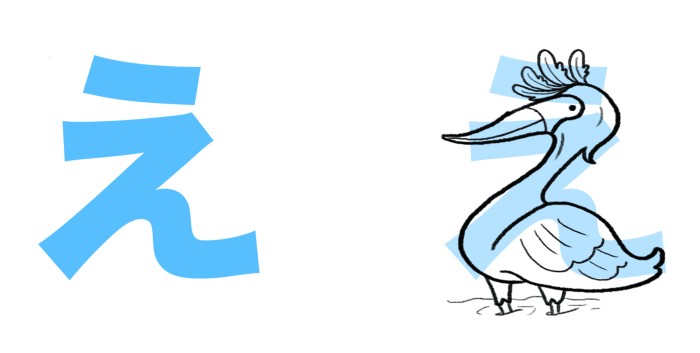
It will take at most a couple of weeks, and after that you will be ready to enter the real world of the Japanese language.
2. Choose resources to learn from
Before going any further you need to collect material to study. There is a world of possibilities, and the web is full of resources for every level.
In the beginning, the only thing you need is a table with the Hiragana symbols, which you can find in a thousand formats with a simple search.
Once you have learned the Hiragana characters, you will enter the world of Kanji and Japanese Grammar.
There is no perfect book for everyone. Everyone has a unique method of learning. The advice here is to try different methods to find the one that suits you best.
We at GokuGoku publish new articles every week designed for those who are interested in the Japanese language.
3. Use material suitable for your level
The web is full of resources, but not all of them are suitable for all levels.
A fundamental rule, especially with Japanese, is to use material suitable for your level.
Don't start reading complicated articles, manga, or books right away. Having to search and decipher every symbol and grammar rule becomes boring after a short time.
Instead, try to find material that contains only the concepts you are interested in and suitable for your level.
For example, in the Grammar area of GokuGoku we have organized each grammar concept into different categories based on your level of knowledge of the language.
Each grammar rule is explained without reference to more complicated words or rules. Each sentence contains exactly what you need to learn that rule and nothing more.
This is the kind of material you need, suited to your level and aimed at understanding a single concept.
4. Start learning Kanji as soon as possible
As soon as you finish learning the Hiragana characters, it's time to enter the world of Kanji. Kanji are the characters that make up Japanese words.
The study of Kanji will take most of your Japanese learning resources and time. You need to memorize many symbols and their meanings.
For this reason, the advice is to start studying Kanji as early as possible.
The suggestion is to start with radicals, which are the basic symbols that form all the Kanji. Try to learn new Kanji every day.
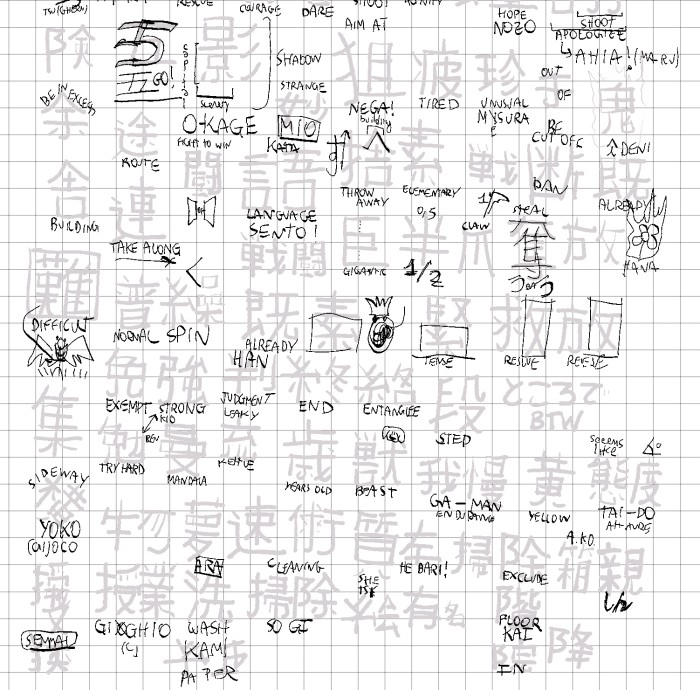
It will take some time before you are able to recognize enough characters to be able to read Japanese. Therefore, take time each day to review the Kanji.
Spaced Repetition
The best way to memorize Kanji is called Spaced Repetition.
This method consists of reviewing the characters at different time intervals. These intervals are designed to prompt you to review the Kanji at the exact moment you were about to forget it.
This method allows you to study only the characters you do not know or that you are about to forget, and postpone or skip everything else.
There are many resources to apply this method, here are some suggestions:
5. Grammar is important
Kanji will not be enough to understand the Japanese language. Kanji will be essential to recognize the words of the sentence, but it is necessary to understand grammar to make sense of what you read.
The study of grammar will be very complicated initially. In fact, Japanese is based on many concepts that do not exist in Western languages.
My advice here is to wait a few weeks before starting grammar.
You will need to know some Kanji before you can understand the examples and grammar explanations.
Once you learned a few hundred words and Kanji, you can start studying the basics of grammar.
This advice aims to make you follow a simple but effective path. Remember that if you have time nothing prevents you from using all the material you like. Keep in mind that at first it will be difficult to understand and translate something from more complicated resources.
6. Study every day
If there's a secret to making sure you're learning a language, it's this: Study every day.
Japanese is a complex language. Among all the Kanji to learn and the grammar concepts to understand, the oldest and simplest secret in the world is simply to study a little every day.
It is difficult to learn a large number of new concepts or new characters in a few sessions that last long hours.
The optimal strategy is to study a little every day.
My advice is to choose 1 hour a day, always the same, that you dedicate only to Japanese and nothing else.
In this hour it doesn't matter how many Kanji you learn or the number of sentences you read. The only thing that matters is that that hour is dedicated solely and exclusively to Japanese.
Progress may seem slow. Each day you will feel like you haven't improved much from the previous day. But what matters is to be there and to study.
Over time (months) you will look back and notice the tremendous progress you have made. This is guaranteed!
But remember, we're talking about everyday here. Consistency always pays off.
7. It seems impossible at first, but it soon gets easier
Deciding to study a new language is an life-changing choice. This is even more true for Japanese.
The first tip is to get ready, because the journey will be long. If you decide to start, you have to take into account that it will take time before you see results.
The first period of study will be the most exciting. Everything will be new and fascinating. After a short time you will be able to make sense of symbols you have never seen before.
Over time you will begin to realize that the Japanese language is vast and completely different from what you are used to.
The second phase will be the hardest. When you enter the world of Kanji and Japanese Grammar everything will seem incomprehensible to you again. This is the stage where many stop studying because they think it is too complicated.
Here, too, it will take some time before you are able to read the first few sentences. But remember: it's only a matter of time.
If you are truly interested in the language, each new Kanji will be a discovery, and every day you will find that the sentences begin to take shape.
It will be a tough but fun phase. After this period, which is around the first 3-4 months, your perspective on the language will have completely changed.
Each sentence will gradually start to make sense. Each symbol has a meaning. You will realize that the time spent payed dividends.
From here it will all be downhill, because you will finally be able to use your favorite material in Japanese (with some little help from the dictionary or our blog GokuGoku of course 😁).
That's all. Obviously, the final tip is to make these 7 tips your own and adapt them to your situation.
For this we invite you to explore different ideas and share your experience with us on Twitter.
If you found the post useful, you can subscribe to our newsletter below for more updates and advice on the language 👇. We publish new posts every week, so you can come back next time to learn more about Japanese.
See you soon from the GokuGoku team!
